#Hitachi™


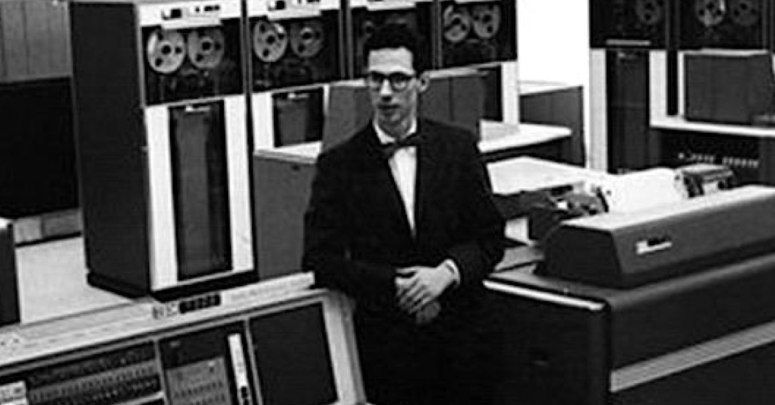

Early this morning, I was asked this question at Quora. It’s a pretty basic request of network administrators, including parents, schools and anyone who administers a public, sensitive or legally exposed WiFi hot spot.
Is there a quick and easy way to view, log, or otherwise monitor the web sites visited by people on your home or office network?
Yes. It’s free and and it is pretty easy to do.
It gets a bit trickier, if the individual on your network is using a VPN service that they have configured on their device.[1] A VPN does not stop you from logging their browsing, but all of their activity will point to the VPN address instead of the site that they are actually visiting. In that case, there is another way to monitor their activity. See note #1, below.
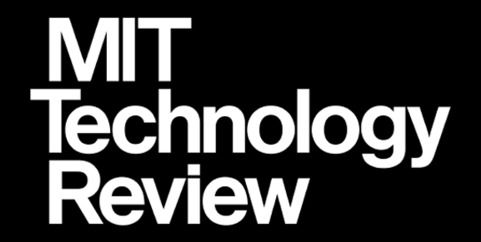
I call them “BATS”.
Can bacteria generate radio waves?
On the face of it, this seems an unlikely proposition. Natural sources of radio waves include lightning, stars and pulsars while artificial sources include radar, mobile phones and computers. This is a diverse list. So it’s hard to see what these things might have in common with bacteria that could be responsible for making radio waves.
But today, Allan Widom at Northeastern University in Boston and a few pals, say they’ve worked out how it could be done.
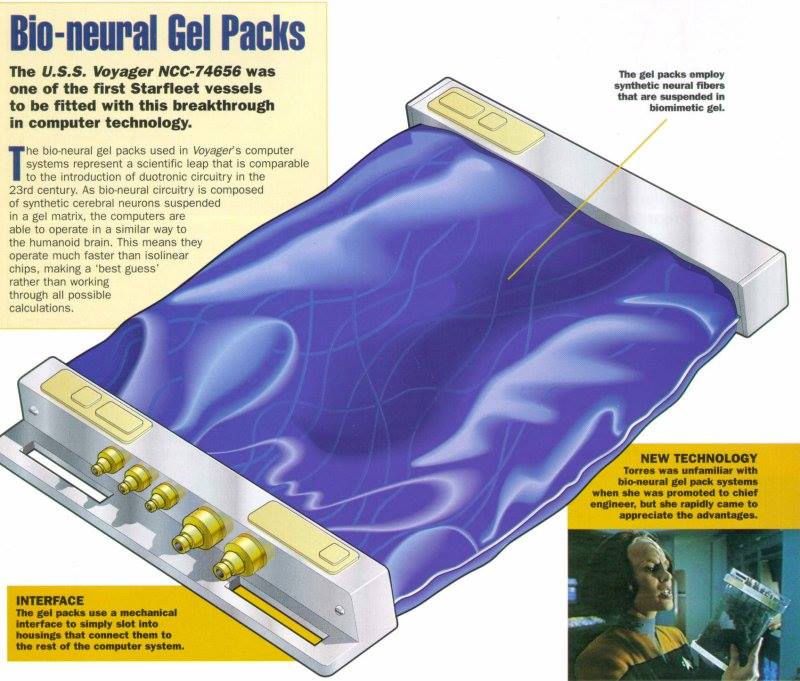
The biological computer is an implantable device that is mainly used for tasks like monitoring the body’s activities or inducing therapeutic effects, all at the molecular or cellular level. This is made up of RNA, DNA and proteins and can also perform simple mathematical calculations.
DNA computing is a branch of computing which uses DNA, biochemistry, and molecular biology hardware, instead of the traditional silicon-based computer technologies. Research and development in this area concerns theory, experiments, and applications of DNA computing.
https://www.wired.com/…/finally-a-dna-computer-that-can-ac…/
ð ð½

In many projects there comes a time when you’ll need to store some data off-line. It may be a requirement or just an improvement for your users, but you have to decide which of the available storage options you will use in your application. This article will help you choose the best one, for your app.
Introduction
HTML5 introduced a few off-line storage options. AppCache, localStorage, sessionStorage and IndexedDB. Every one of them is suitable for a specific use. For example, AppCache can boost your application or let some parts of it work without an Internet connection. Below, I will describe all of these options and show a few code snippets with example usage.
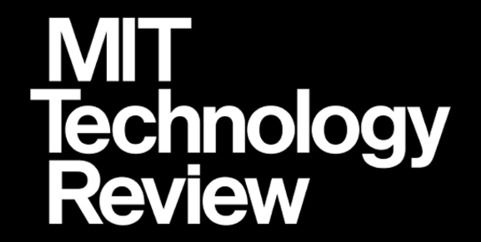
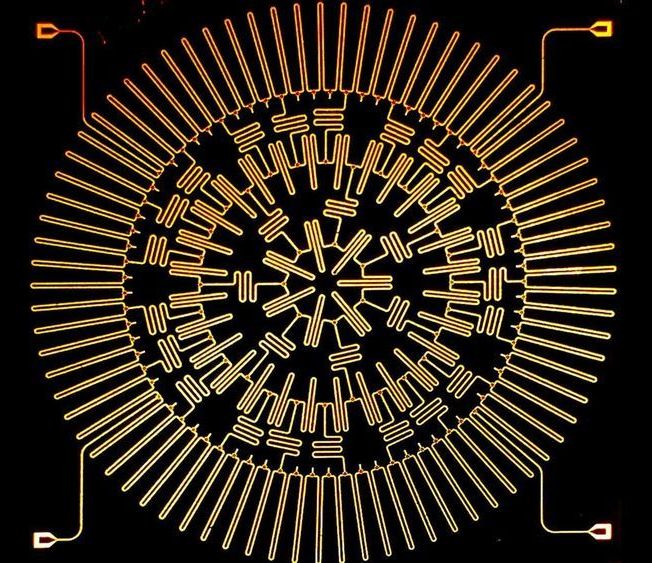
Atomic interactions in everyday solids and liquids are so complex that some of these materials’ properties continue to elude physicists’ understanding. Solving the problems mathematically is beyond the capabilities of modern computers, so scientists at Princeton University have turned to an unusual branch of geometry instead.
Researchers led by Andrew Houck, a professor of electrical engineering, have built an electronic array on a microchip that simulates particle interactions in a hyperbolic plane, a geometric surface in which space curves away from itself at every point. A hyperbolic plane is difficult to envision—the artist M.C. Escher used hyperbolic geometry in many of his mind-bending pieces—but is perfect for answering questions about particle interactions and other challenging mathematical questions.
The research team used superconducting circuits to create a lattice that functions as a hyperbolic space. When the researchers introduce photons into the lattice, they can answer a wide range of difficult questions by observing the photons’ interactions in simulated hyperbolic space.
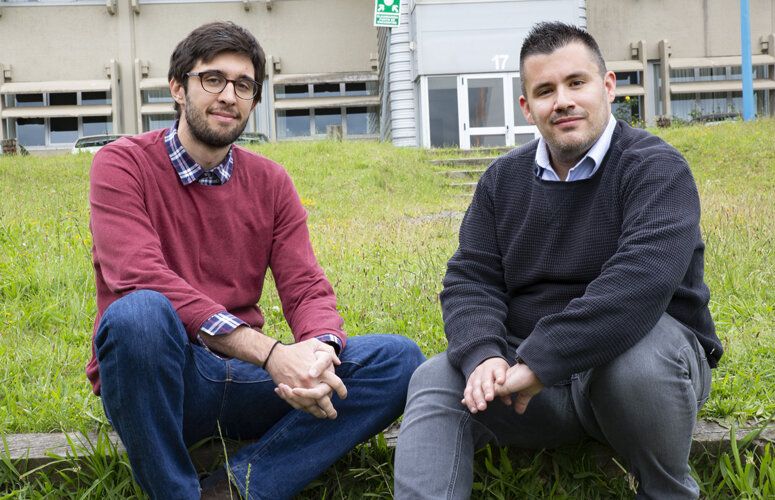
Mikel Sanz, of the Physical Chemistry Department of UPV/EHU, leads the theoretical group for an experiment published by the prestigious journal, Nature Communications. The experiment has managed to prepare a remote quantum state; i.e., absolutely secure communication was established with another, physically separated quantum computer for the first time in the microwave regime. This new technology may bring about a revolution in the next few years.
Within the greater European project of the Quantum Flagship, spearheaded by Mikel Sanz—researcher of the QUTIS Group of the UPV/EHU Physical Chemistry Department—an experiment has been conducted in collaboration with German and Japanese researchers who have managed to develop a protocol for preparing a remote quantum state while conducting communication in the microwave regime, “which is the frequency at which all quantum computers operate. This is the first time the possibility of doing so in this range has been examined, which may bring about a revolution in the next few years in the field of secure quantum communication and quantum microwave radars,” lead researcher in this project Mikel Sanz observes.
The preparation of a remote quantum state (known as remote state preparation) is based on the phenomenon of quantum entanglement, where sets of entangled particles lose their individuality and behave as single entities, even when spatially separated. “Thus, if two computers share this quantum correlation, performing operations on only one of them can affect the other. Absolutely secure communication can be achieved,” Sanz explains.